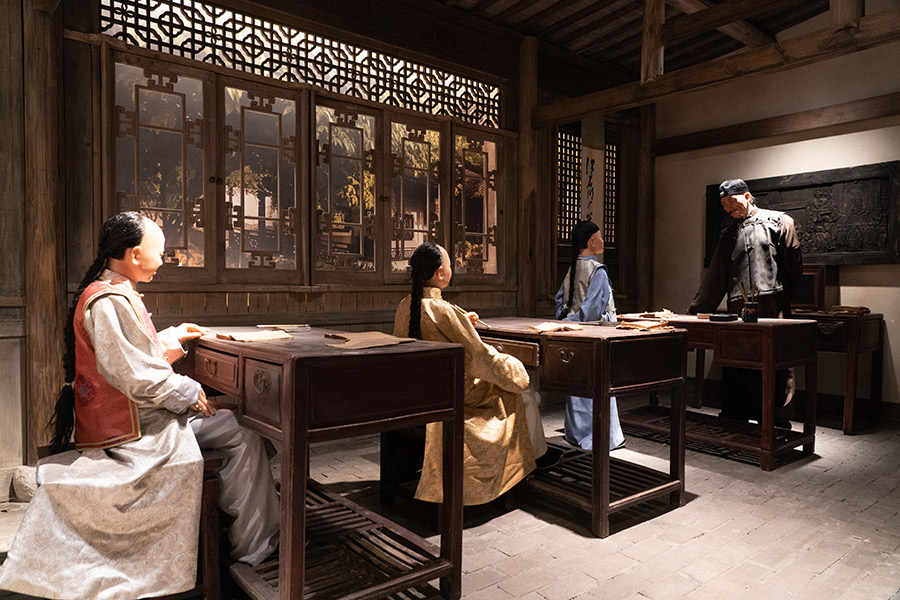

The fuel and human power costs are much higher than what modern electricity kilns require. In addition, the success rate is much lower, Zhao says, pointing at a defective urn with glaze dripping on the side.
"In a traditional wood-burning kiln the temperature is not strictly under control, so sometimes accidents happened, and the dancing ash caused imperfections on large jars and urns unprotected by the boxes."
Even when it is used, "Qianshu Dragon Kiln now produces mainly daily utensils such as urns, jars, pots and so on", Zhou Xiaodong, director of the China Purple Clay Museum and Yixing Ceramic Museum, wrote in an essay on ancient ceramic making in the area.
The kiln "well preserved the structure and processing method for ceramic production in ancient China", he said in the essay.
"It is a rare and precious object for the research of ceramic history in Yixing."